-
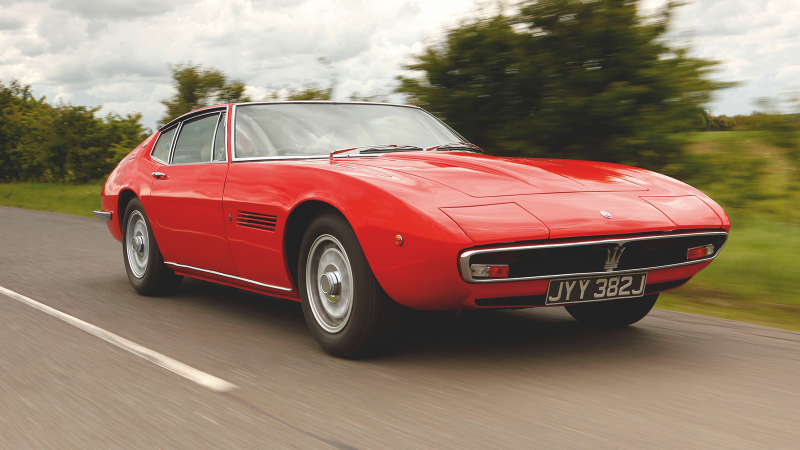 © Tony Baker/Classic & Sports Car
© Tony Baker/Classic & Sports Car -
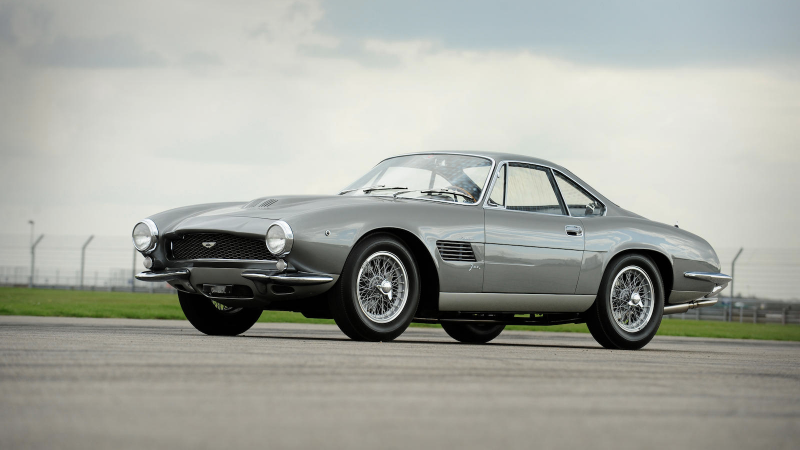 © Bonhams
© Bonhams -
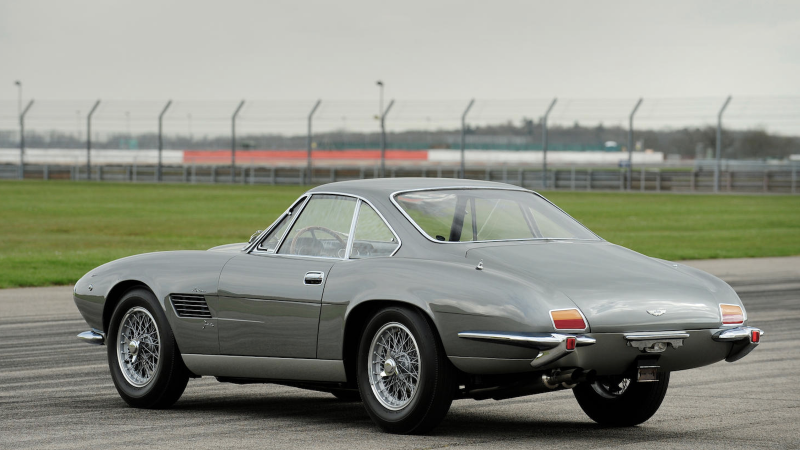 © Bonhams
© Bonhams -
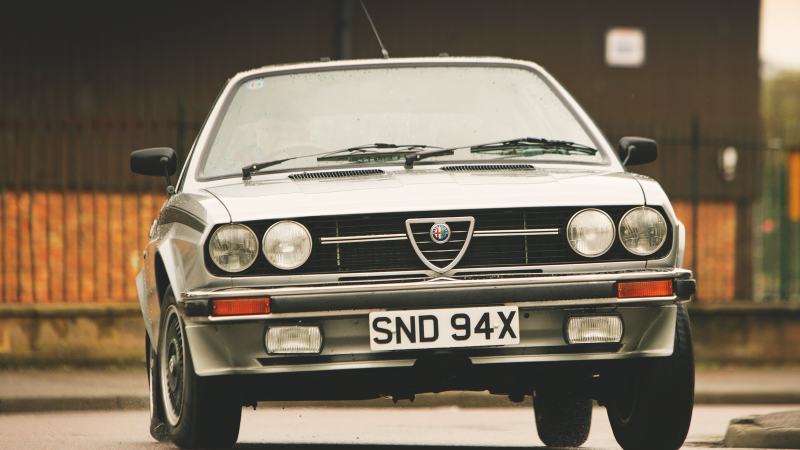 © Tony Baker/Classic & Sports Car
© Tony Baker/Classic & Sports Car -
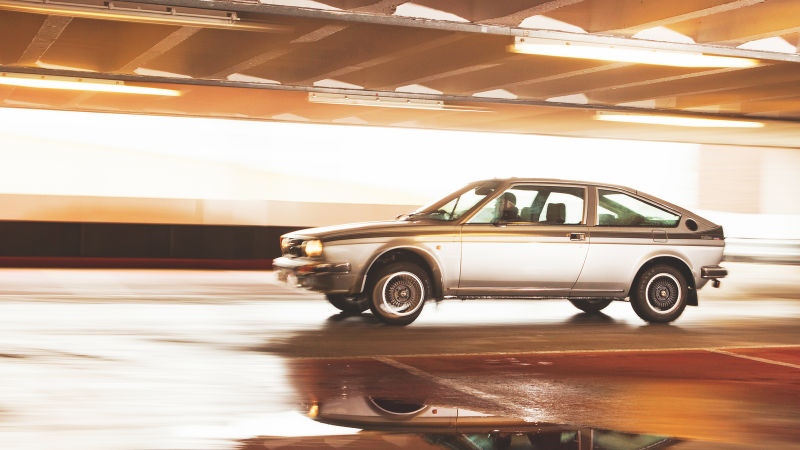 © Tony Baker/Classic & Sports Car
© Tony Baker/Classic & Sports Car -
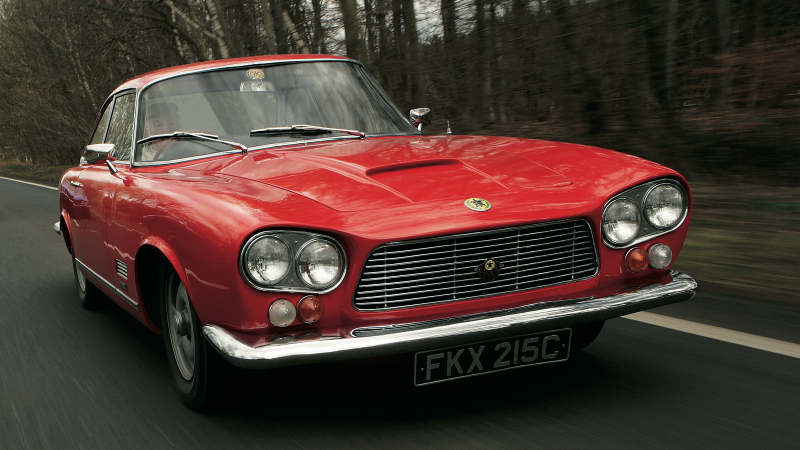 © Tony Baker/Classic & Sports Car
© Tony Baker/Classic & Sports Car -
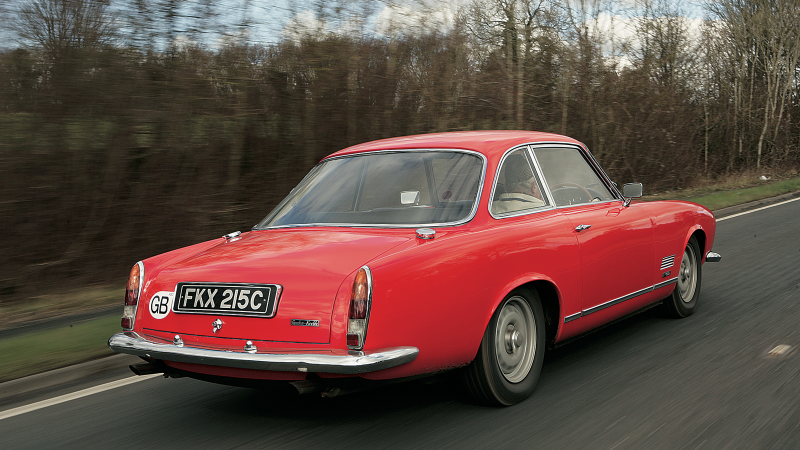 © Tony Baker/Classic & Sports Car
© Tony Baker/Classic & Sports Car -
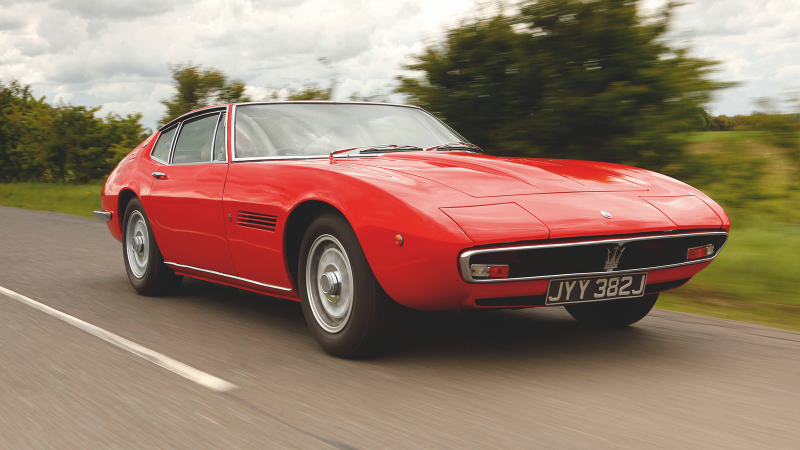 © Tony Baker/Classic & Sports Car
© Tony Baker/Classic & Sports Car -
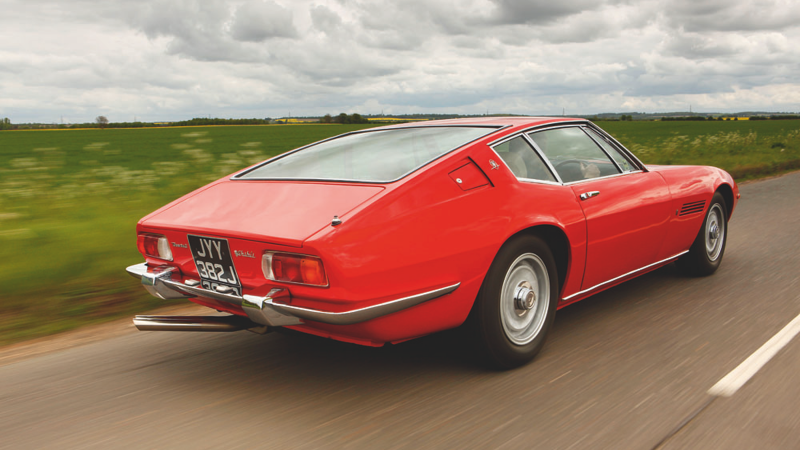 © Tony Baker/Classic & Sports Car
© Tony Baker/Classic & Sports Car -
 © LAT/C&SC
© LAT/C&SC -
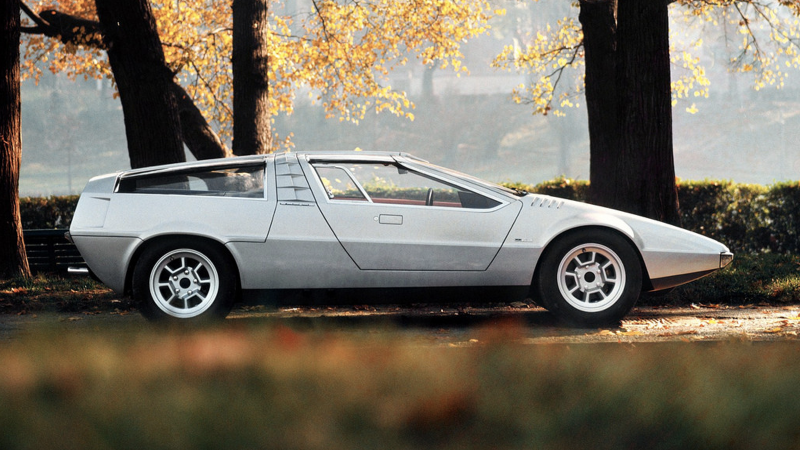 © ItalDesign
© ItalDesign -
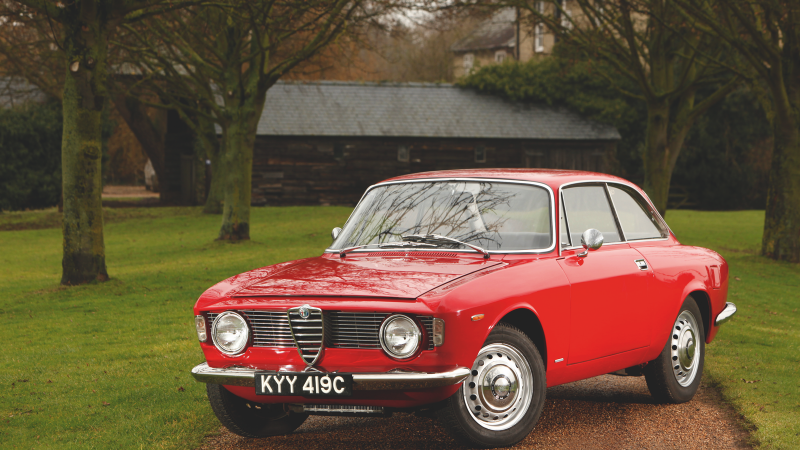 © Tony Baker/Classic & Sports Car
© Tony Baker/Classic & Sports Car -
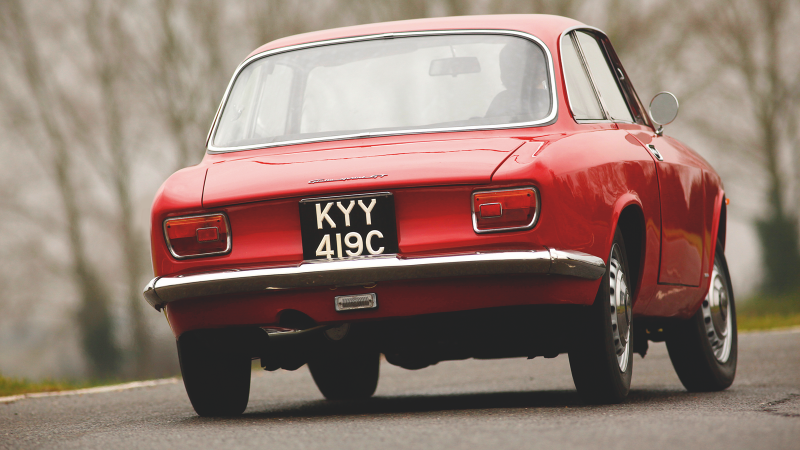 © Tony Baker/Classic & Sports Car
© Tony Baker/Classic & Sports Car -
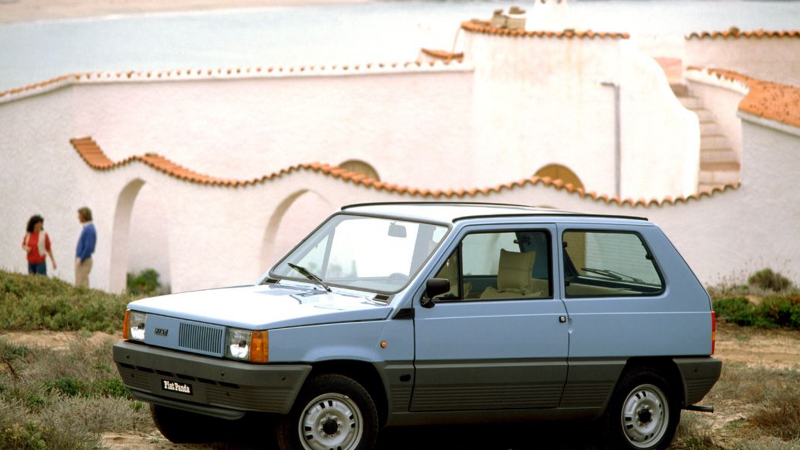 © Fiat
© Fiat -
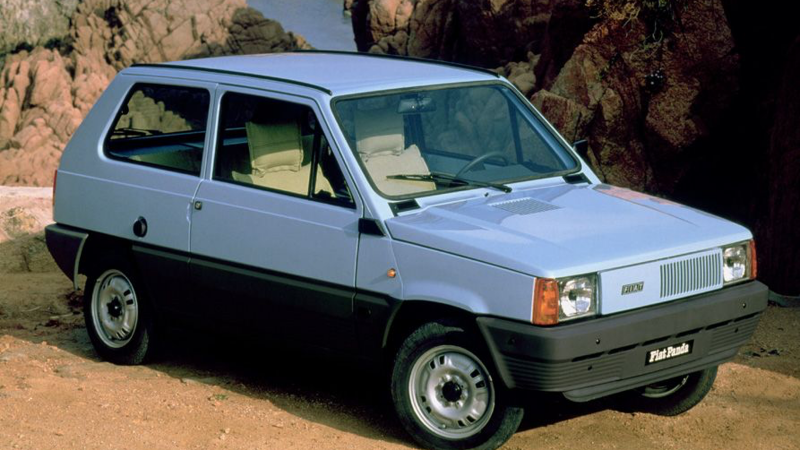 © Fiat
© Fiat -
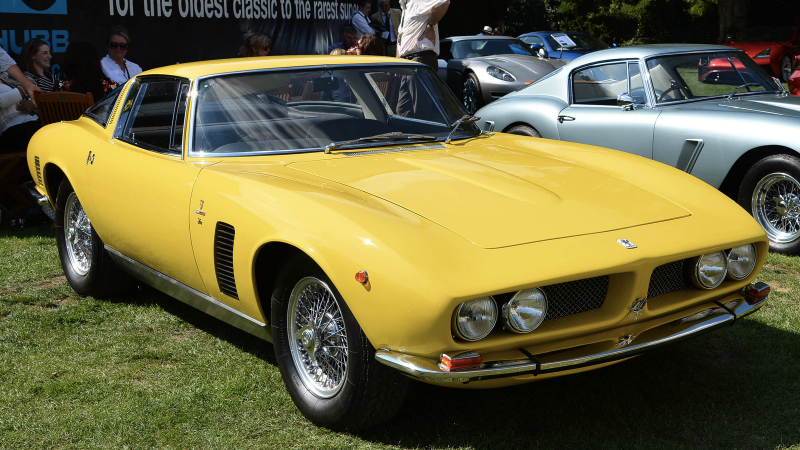 © Newpress
© Newpress -
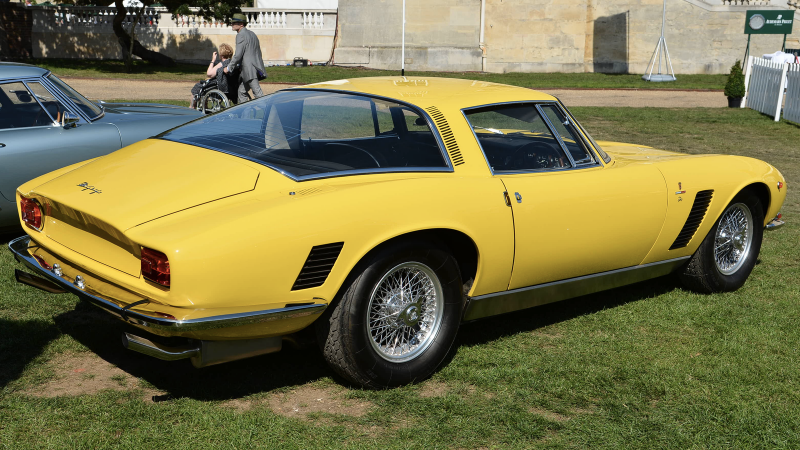 © Newspress
© Newspress -
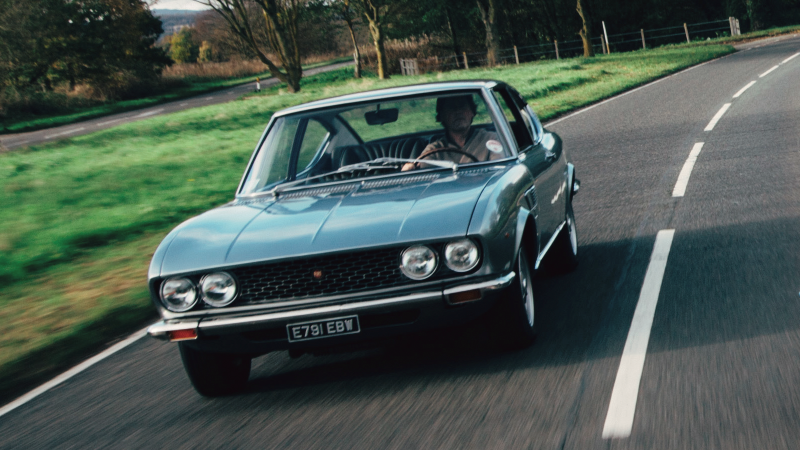 © Malcolm Griffiths/Classic & Sports Car
© Malcolm Griffiths/Classic & Sports Car -
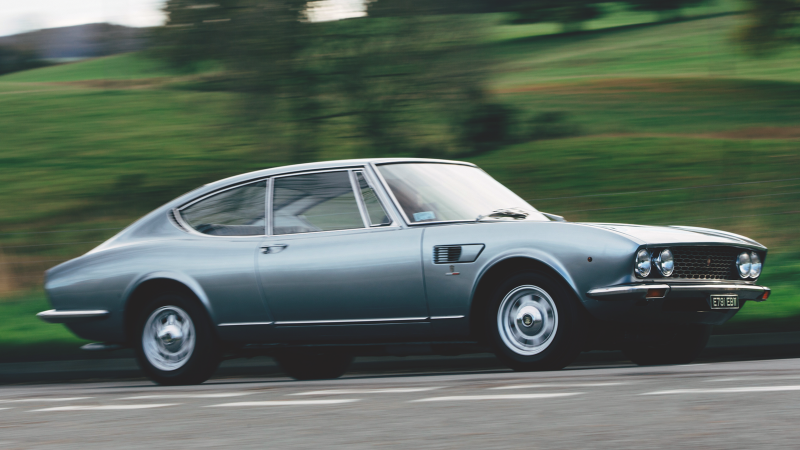 © Malcolm Griffiths/Classic & Sports Car
© Malcolm Griffiths/Classic & Sports Car -
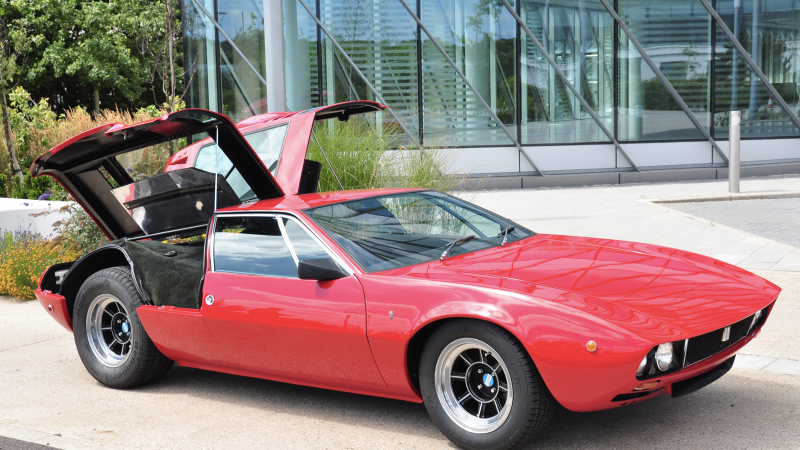 © Newspress
© Newspress -
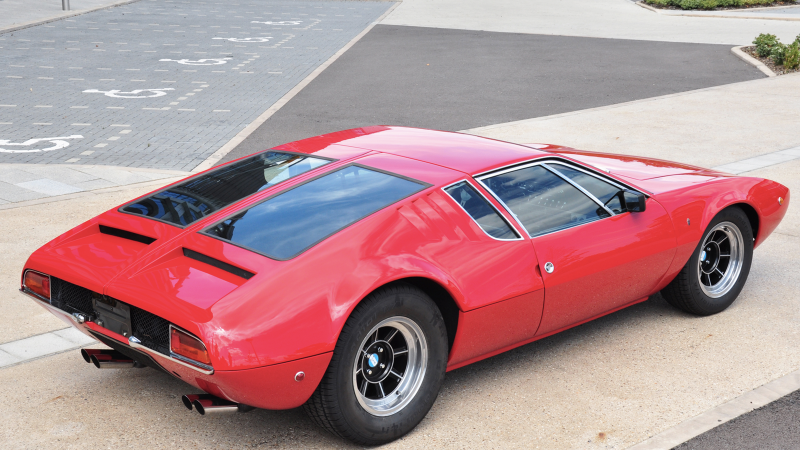 © Newspress
© Newspress
-
Picking the best from the stylist's massive back catalogue
As a teenager, Giorgetto Giugiaro dreamt of being an artist. Alas, it wasn’t to be: just one look at the young Italian’s watercolours in 1955 led to a job offer from Fiat.
Fast-forward 44 years and the legendary stylist was named Car Designer of the Century, with a remarkable portfolio containing some of the most iconic automotive shapes ever created.
From joining famed design house Bertone at 21, to his stint at Ghia, to establishing his own studio, ItalDesign, in 1968, Giugiaro’s career was a hit list of incredible achievements.
Picking his 10 best designs, then, wasn’t easy – and there are some cracking contenders that didn’t make the cut (here’s looking at you, Lotus Esprit). But here they are: Giorgetto Giugiaro’s greatest cars.
-
Aston Martin DB4GT Jet
Surely one of the most glamorous Aston Martins ever built, the DB4GT Jet was Giugiaro’s second show car for Bertone and made its debut at the Geneva Salon in 1961, appearing again at Turin later that year.
Based on the last of 75 short-wheelbase DB4GT chassis produced by the British marque, it was unusual in featuring a steel shell in place of the aluminium bodywork usually found on Astons.
-
Aston Martin DB4GT Jet (cont.)
Although the styling was more Ferrari than Aston in flavour, its taut lines exuded a sense of modernity that left the standard Touring-bodied coupé looking like a relic from another era.
While the extra weight of the panels blunted the performance of the DB4GT's 3.7-litre engine, use of steel suggested the design might have been conceived with series production in mind. Alas, despite such rumours, the arresting Jet remained a one-off.
-
Alfa Romeo Alfasud
Launched in 1971, the Alfasud represented a whole new direction for Alfa Romeo: not only was it the Italian firm’s first foray into the compact front-wheel-drive market, but the car would also be built at a state-sponsored factory near Naples – hence the name (sud is Italian for south).
Powered by a free-revving, 1.2-litre flat-four and equipped with disc brakes all round, the Alfa offered class-leading dynamics – but it was Giugiaro’s timeless styling that made it one of the prettiest small family cars of its day.
-
Alfa Romeo Alfasud (cont.)
A hatchback variant later improved practicality, while bigger engines upped the power output, but the addition of clumsy plastic detailing gradually spoilt the Giugiaro-penned good looks.
In its purest form, though, the rust-prone 'Sud – and its pretty coupé iteration, the Sprint – was a truly inspired design that Alfa would struggle to better.
-
Gordon-Keeble
This sublime Anglo-American GT was only Giugiaro's second assignment at Bertone – given to the Italian just three months after he joined the styling house from Fiat – and became his first to be revealed at an international motor show, debuting at Geneva in 1960 as the Gordon GT.
Giugiaro was just 21 when he penned the Gordon-Keeble and still very much learning his trade: in a 2001 interview, he recalled that his initial design for the windows left the glass too tall for the doors when wound down.
-
Gordon-Keeble (cont.)
In the end, though, he produced a brutishly handsome design that, thanks to its angled quad headlamps, remains instantly recognisable today.
Powered by a 5.4-litre Chevrolet V8, the glassfibre-bodied four-seater was a fast and highly capable GT – but, proving that good design can't save everything, just 99 actually made it into being before the money ran out and production ceased.
-
Maserati Ghibli
Displayed as a prototype in November 1966 and put on sale the following year, the sensational Maserati Ghibli was the epitome of the thoroughbred late-'60s Italian grand tourer.
Yes, it was hampered by outdated rear suspension, but as a trans-continental tourer it had few peers.
-
Maserati Ghibli (cont.)
The Ghibli's 4.7-litre V8 provided massive low-end torque and remarkable refinement, as well as astonishing pace: the factory claimed a top speed of 174mph.
As for the styling, that sharp-edged, dart-like profile offered an early hint at the direction Giugiaro’s work would take in the 1970s, but the long and almost impossibly low nose – combined with the squat roof and shapely tail – bestowed it with a truly timeless elegance that's still captivating today.
-
Porsche Tapiro
Unveiled at the 1970 Turin show, the Tapiro marked the arrival of a theme that would become a hallmark of Giugiaro’s work throughout the ’70s: the wedge.
While the Maserati Boomerang, Lotus Esprit and BMW M1 may be better known today, it was this Porsche concept that gave the world its first hint of what was to come from Giugiaro's newly founded ItalDesign studio: soft '60s curves were robustly swept aside in favour of angular geometric shapes, with four gullwing doors boasting huge windows that wrapped into the roof.
-
Porsche Tapiro (cont.)
The future had arrived in stunning fashion, and beneath that arresting exterior lay the capable underpinnings of a VW-Porsche 914/6: its mid-mounted flat-six motor, tuned by Bonomelli, was good for 220bhp at 7800rpm.
Bizarrely, once its glamorous motor show career was over, the Tapiro was reputedly sold to a Spanish industrialist and subsequently burnt out when his employees set fire to it.
-
Alfa Romeo Giulia GT
Of all the Bertone projects that Giugiaro was involved with, he is reportedly most proud of the beautifully proportioned 105 Series Alfa coupé.
Launched in 1963, it was intended to be a coachbuilt special, but when Nuccio Bertone showed the car's shape to the Milanese bigwigs they were determined that it should go into volume production.
-
Alfa Romeo Giulia GT (cont.)
Powered by an addictively sonorous twin-cam motor (ranging in capacity over the years from 1.3 litres to 2 litres), the little 2+2 was always a joy to drive.
As for the shell, Giugiaro once described its shape as being an evolution of many cars that he had designed previously but, given present company, that's no bad thing.
Giugiaro would eventually own a GT himself, but the young designer could only afford to buy one three years after it went on sale.
-
Fiat Panda
It’s easy to be dazzled by supercars but, if further proof were needed of Giugiaro’s supreme talent, look no further than Fiat’s back-to-basics baby: introduced in 1980, what at first appears to be a simple box on wheels is in fact graced with a flourish of clever minimalist details.
In place of a conventional dashboard, for example, there’s a simple cloth hammock – a feature echoed by the rear seat.
-
Fiat Panda (cont.)
Similarly, the corrugated lower panels were repeated in the interior pressings, eliminating the need for trim and thus reducing costs – and it was a similar story with the flat glass and single wiper.
With 0.65-litre or 0.9-litre engines available, the car was a hoot to drive – even with a choppy ride – and remains one of the great man's favourite designs.
-
Iso Grifo
Surely one of the sexiest GT cars of the 1960s, the Iso Grifo was a low-slung blend of muscular curves and gorgeous details, all penned Mr Giugiaro – including the tail-lights borrowed from his 105 Alfa GTV design.
Relying on a blue-collar American V8 for power (a variety of Chevrolet and Ford lumps were used over the Grifo's nine-year run), performance was epic, with none of the melodrama of an Italian V12.
-
Iso Grifo (cont.)
Theoretically the fastest road car you could buy at the time, the claimed top speed of 186mph was never independently verified and the Grifo probably couldn't even get close.
Still, exaggerated performance figures or otherwise, the car had looks to die for and, by the time the model was retired in 1974, some 412 had found buyers.
-
Fiat Dino Coupé
The Fiat Dino proved that Giugiaro was equally as adept at wonderfully understated subtlety as he was at delivering jaw-dropping drama with his supercars.
Launched in 1967, the coupé was perfectly cast as Mafia transport in the 1969 movie The Italian Job: discreetly elegant from the outside, it could pass unnoticed through a crowd, only to deploy its 2.4-litre 180bhp V6 when a 130mph punch was called for.
-
Fiat Dino Coupé (cont.)
That powerplant was in fact born of Ferrari's need for a small-capacity unit to comply with homologation requirements, and it gifted the pretty Fiat with an exquisite soundtrack.
Sure, it suffered a reputation for fragility – largely a result of its Maranello motor – but few mass-produced cars have ever matched its low-key sophistication.
-
De Tomaso Mangusta
Last up is a machine that helped define the supercar breed just a year after the birth of the Miura chassis: with a 4.7-litre Ford V8 pumping out 305bhp, 0-60mph came up for the Mangusta in an eye-widening 5.9 secs, on the way to a top speed of 152mph.
But it was the aggressive lines, penned during Giugiaro’s brief tenure at Ghia, that endowed it with the kind of crowd-pleasing drama that would soon become a prerequisite of every supercar worth its name.
-
De Tomaso Mangusta (cont.)
The Mangusta's showstopping party piece was a pair of massive, centrally hinged clamshell doors that rose to provide access to the engine in the most extravagant possible manner.
With 68% of its weight over the rear wheels and low-geared steering, the handling demanded respect, but, as an automotive work of art, the mongoose was breathtaking.
